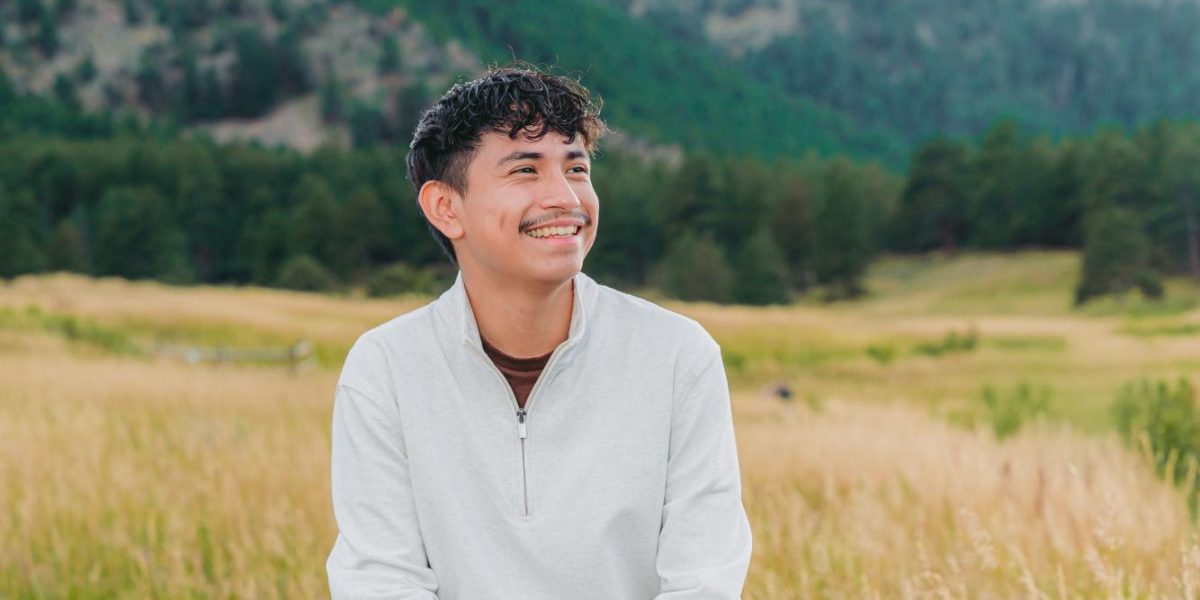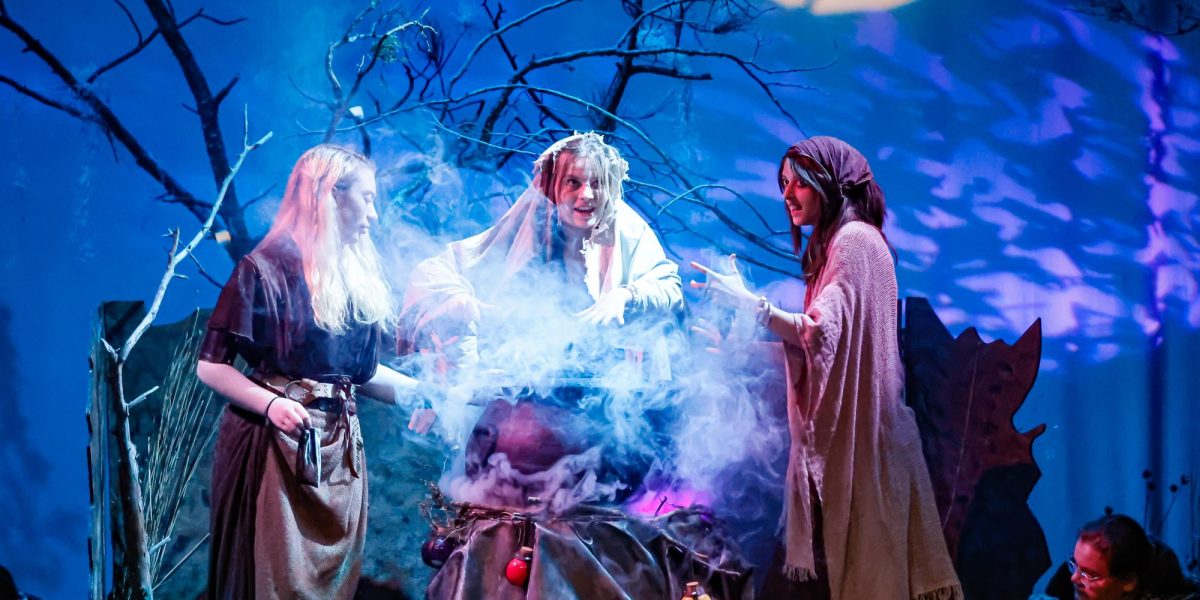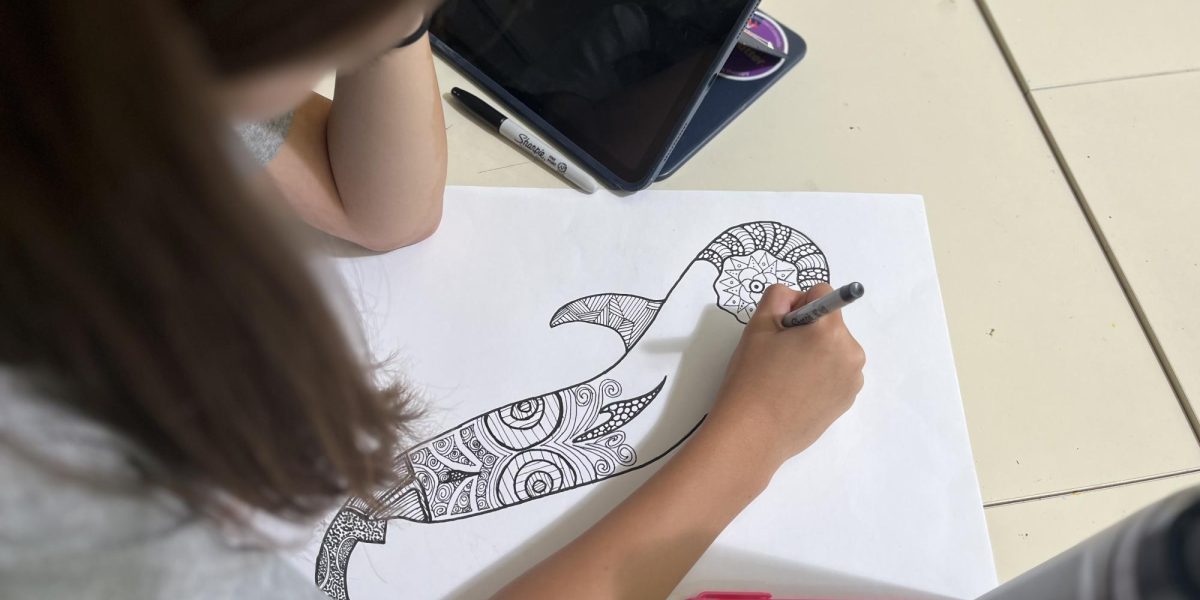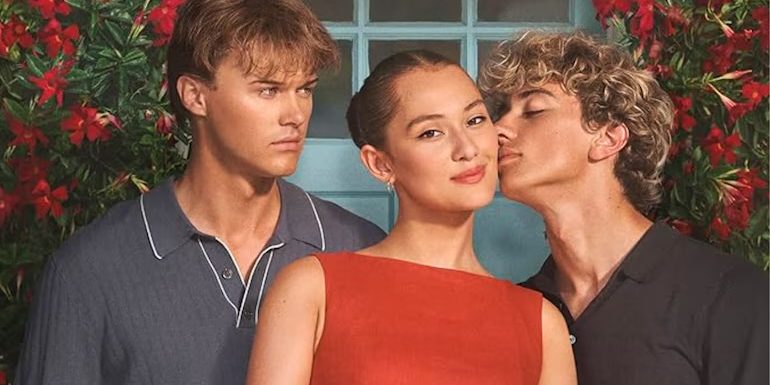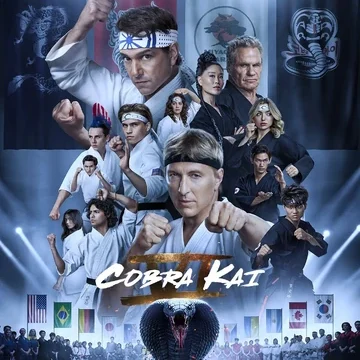Is Night of the Living Dead to Die for?
A Critical look on the first “zombie” movie that changed history
October 30, 2018
It’s 1968, a seemingly average autumn evening in early October. Siblings Barbara and Johnny are rolling up to their long dead father’s grave ready to lay down the same wreath they buy every year to humor their poor mother who can’t make the trip herself. Everything is going as expected until the two spot a shambling man walking across cemetery grounds in the distance. Barbara having already been spooked by the general atmosphere of the cemetery was a prime target for Johnny’s teasing. To late do they realize that Johnny’s teasings about the man being a monster are true. As soon as they get near the man, he grabs Barbara, reaching for her flesh with gnashing hungry teeth. Johnny quickly intervened and the two briefly tussled for his life as Barbara looks on in horror. The ghoul seemingly triumphs against him, demonstrated by Johnny’s skull harshly colliding with a gravestone. With that Barbara is startled out of her stupor and she flees the scene in a state of terror attracting the ghouls attention once again. She tries to escape using their car but she quickly realizes that it’s impossible seeing that her now distant brother is the one who has the keys in his possession.
With the ghoul gaining she abandons the car and takes off on foot, having more speed but less endurance than him she knows she’ll need to find a place of shelter fast. Barbara comes up upon a lone farmhouse and rushes inside thankful for the safety and respite from her attacker. Little does she know she’s not alone.
A man named Ben arrives in a truck soon after her which really kicks things into action. He immediately takes charge and begins fortifying the house and looking for supplies like weapons and food. They also discover a radio and TV which are vital to giving them important information on exactly what is going on. Although this all takes place with little to no help from Barbara who is still in shock from the confrontation with the ghoul in the cemetery. Ghouls are now converging on the house attracted to the activity and noises of the people within. Much to Ben and Barbara’s surprise it turns out that they are not alone within the house, there are five others cowering in the cellar beneath them. The newest additions are two couples and one of the couples sickly daughter. Throughout the rest of this film the plot follows along with what this motley crew of survivors do to get through the grueling Night of the Living Dead.
Although this is an older film it still has a great amount of value in film history, along with its influence in modern film. Night of the Living Dead is essentially the grandfather of all modern zombie films. It was the first film ever to use the then unique concept which has now evolved into what we see today. Knowing these facts it made an interesting watch thinking about how the tropes within this developed throughout the years or how they stayed the same. I honestly found it a little surprising that something so ingrained within film and television shows today wasn’t created any sooner than the 1960s. Also interestingly enough the word zombie was never even mentioned within this movie. Instead the people within it exclusively referred to them as ghouls. Back when this film first came out a zombie wasn’t recognized as the same thing as it is today. A zombie was actually known as someone who was hypnotized and controlled using voodoo, but the definition evolved over time to encompass these ghouls as well. Which was interesting as I made it a point to seek out the different times the word ghoul was incorporated into the script.
The beginning of this film introduces things well enough, the watcher gets some background information and introduction to some of the characters and the world before the ghouls were in it, which set up things well. In addition, the use of angles and cinematography in this film really helped pull me in and set the varying moods throughout. In particular I enjoyed the use of the dutch angle for different scenes. A dutch angle is used to give the viewer a feeling of something not being quite right and instill general uneasiness. This effect is done by shooting at a slant, which is typically 45 degrees but can vary depending upon what the director wants. The other camera angles were varied and kept the visuals interesting but not disorientating. Also, the in depth details about how the ghouls came about along with their weaknesses and what they were able to do were enjoyable and made the film richer and more immersive. The plot made good sense, the character interactions were believable, and the film as a whole was captivating and didn’t lull into boring territory. Overall I really enjoyed it and I’ll likely watch it again. In all, those are my thoughts on the general main part of Night of the living dead.
FROM HERE ON OUT SPOILER WARNING!!!
Now I will be going more into some of the things that happened later on in this movie that some people may not want to know about ahead of time if they wish to watch it. Personally I really enjoyed the ending even if I was upset about what exactly happened. Essentially all of the main characters, besides the lead Ben, have succumbed to the ghouls at this point. Help for him seems to be just upon the horizon with the coming of morning and people killing off the ghouls surprisingly easily considering the chaos of the night before. Unfortunately for Ben this help is also his downfall, mistaking him for one of the dead the rescuers shoot and kill Ben as he emerges from where he was hiding down in the cellar. This scene for me was really unexpected which made the emotional shock of losing the man who I’ve been rooting for this whole time all the more intense. I didn’t like that he died but the way it was done was excellent. The way Barbara came to her demise was also a scene that was done particularly well. Her now undead brother in one of the front ghouls trying to break into the fortified house, recognized by the emphasized driving gloves he was wearing back in the cemetery. Unable to accept her brothers death Barbara stands in shock doing nothing to defend herself as she’s drawn into the hoard of ghouls about to meet the same fate as her dear brother. It was a well done throw back to nearly ninety minutes early in the movie that made her death all that much more meaningful being at the hands of a loved one. It was a great plot twist and a decidedly morbid but enjoyable bit of the film.
Another death that was done well was the death of the little girls mother. The sickness the child had throughout the movie was from a bite from one of the ghouls the family had encountered before reaching the house, which ended up eventually killing her and turning her into one of the ghouls. That course of events resulted in a dazed mother being brutally stabbed to death with a gardening trowel by the shell of her young daughter. The movie didn’t actually show the stabbing but rather the ominous shadowed silhouette of what was actually going on. This scene was really well done and a good way to get around the restrictive Hays code that wouldn’t allow graphic things like that to be shown to audiences of the time. Overall I thought that this was a good watch, and still lives up to today’s standards in general spookiness, plot, cinematography, and character development. If you’re interested in film history, zombies, horror movies, or just generally enjoy a good film Night of the Living Dead is definitely a film that I’d recommend to you.







